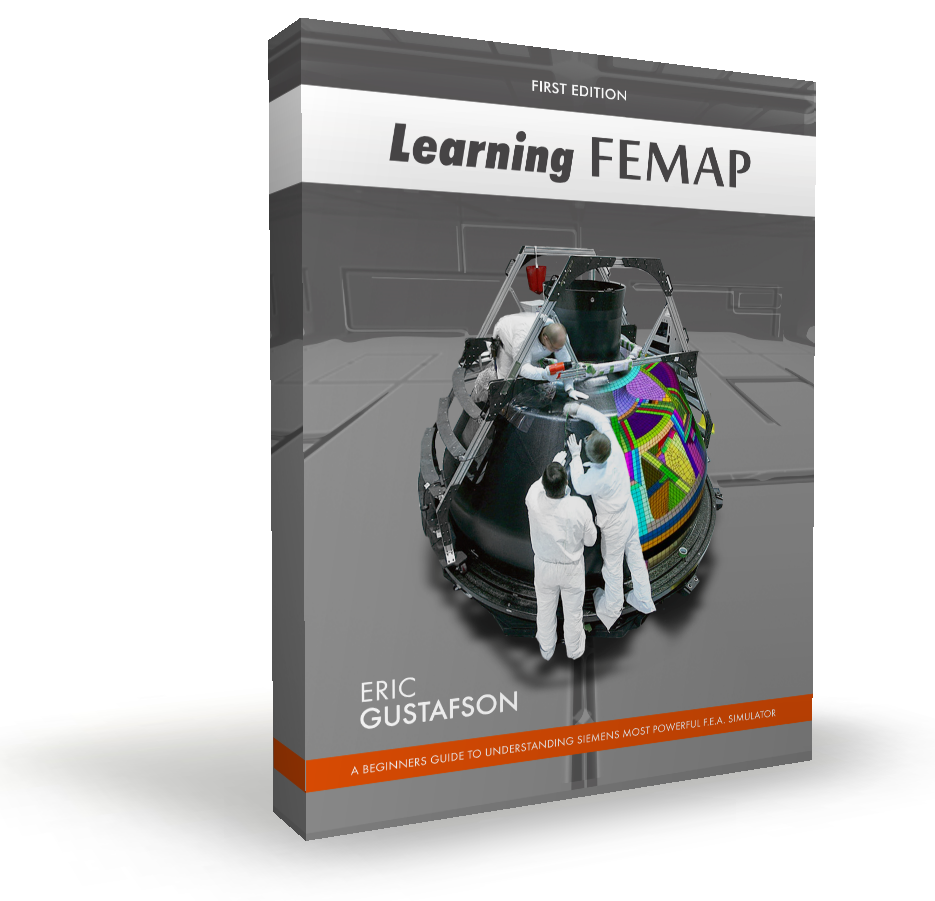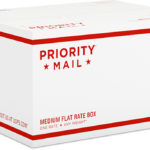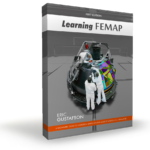Description
- Master the basics if classroom training is unavailable, or supplement separate training to “fill in the blanks”
- Written with experience garnered with full time use of Femap for advanced vehicle structures in the aerospace industry
- Easy to read instructions regarding Femap menus, dialogs, options, and processes
- Become competent in Femap with little to no prior experience
- Covers considerations from computer workstations to analysis results
- Tips provided to smooth out the relation between the analysis and the Femap interface, common trip-ups
- Also for users of other pre/post software switching to Femap based on feature set and new commands such as Model Merge
- New engineers can increase their speed of pre and post-processing
Publication Date: September 2014.
Edition: First Edition
ISBN: 978-1-4951-2963-6
Size: 8.5×11×0.75 in (shipping weight 2 lb 2 oz)
Binding: Perfect Bound Paperback
Cover Finish: Gloss full color, 100# paper
Interior: B&W 60# paper
Language: English
Pages: 330
Outline: Click here
Shipping: See here for more information.
Large Orders: Please use the contact form to request information on bulk orders (Qty>1).



Reviews
There are no reviews yet.